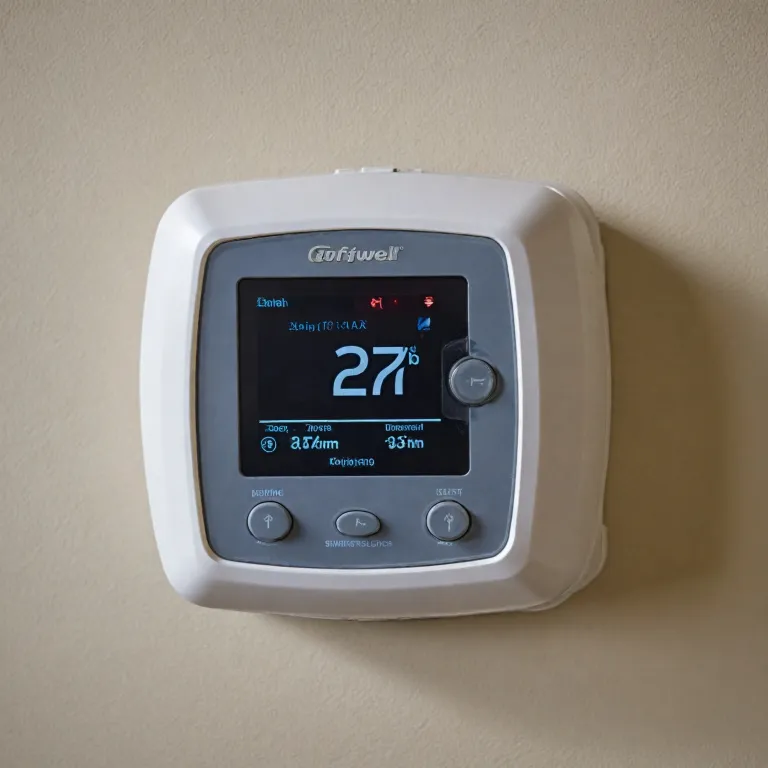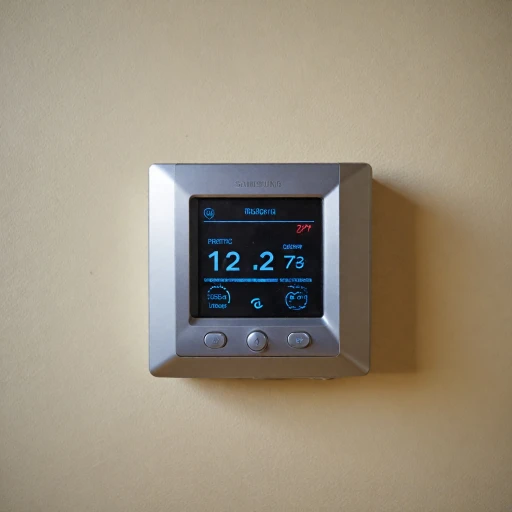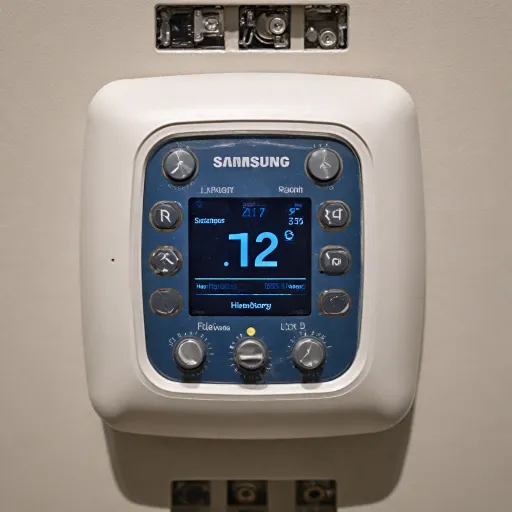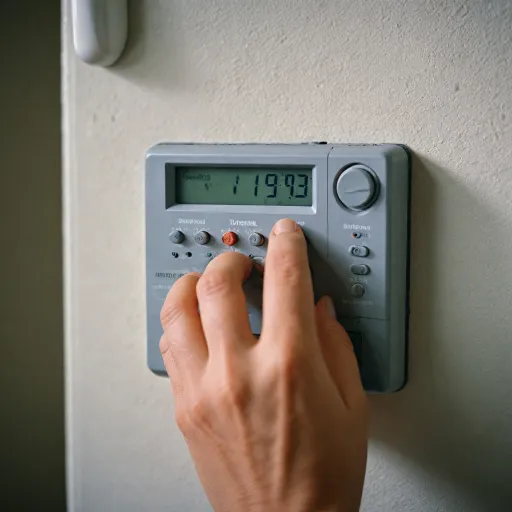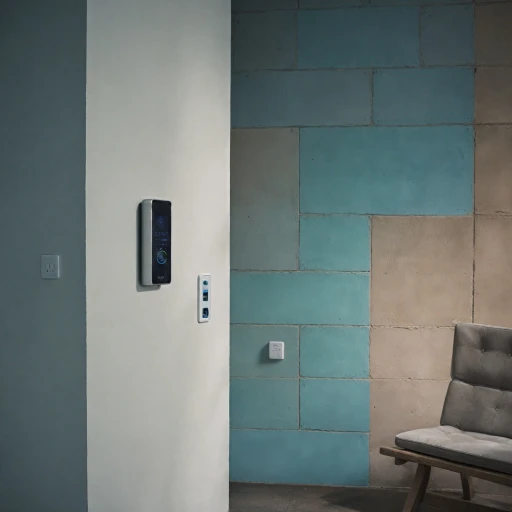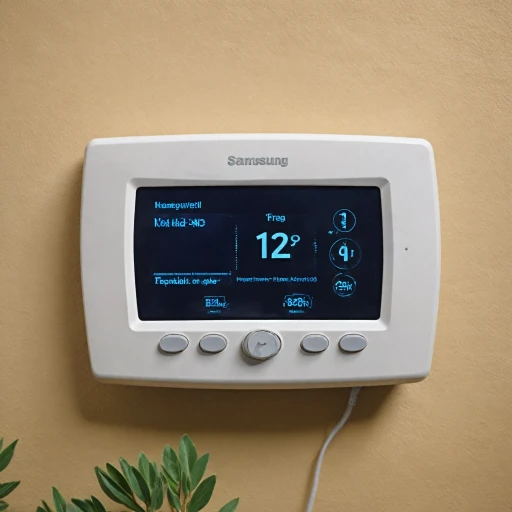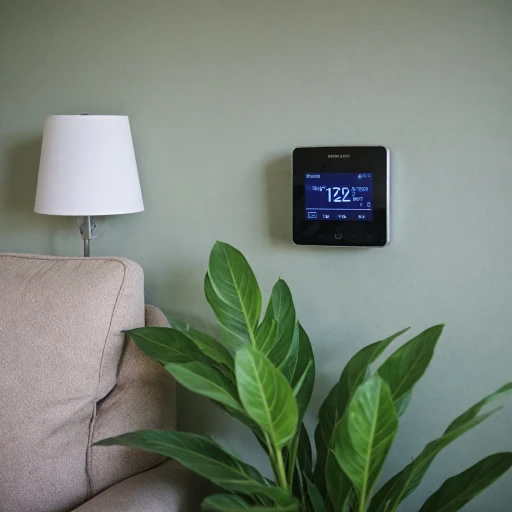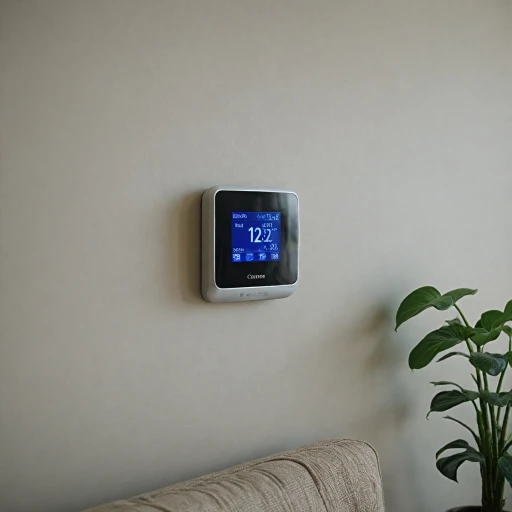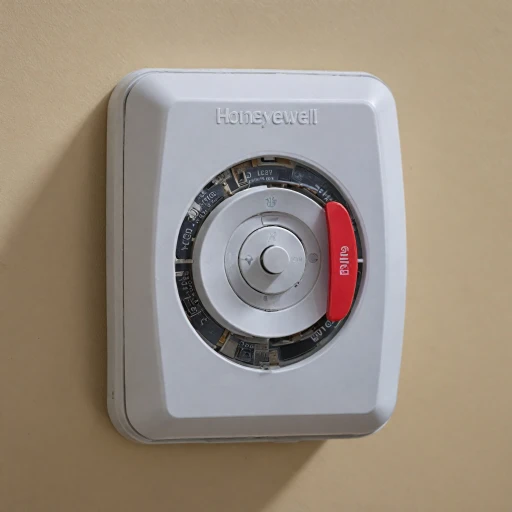
Overview of Honeywell Pro Series Thermostats
Exploring the Features and Benefits of Honeywell Pro Series Thermostats
Honeywell Pro Series thermostats are an excellent choice for those seeking professional temperature control systems for their households or businesses. These advanced thermostats are designed to offer enhanced user experience, being both programmable and easy to use, making them a popular choice for heating and cooling solutions. One of the standout features of the Honeywell Pro Series is its ability to effectively manage your HVAC system using a programmable schedule. This enables the thermostat to adjust temperatures automatically based on your preferred schedule, such as wake and leave times, ensuring energy efficiency and comfort. Equipped with a large backlit display, these thermostats offer clear visibility, even in low-light situations. The simplicity of the user interface allows you to easily navigate through the settings, providing a hassle-free experience when it comes to checking or adjusting temperature settings. In addition to its functionality, the Honeywell Pro Series thermostats are battery-operated, ensuring that your system continues to function seamlessly even during power outages. Regularly checking the batteries and ensuring proper battery replacement is crucial for maintaining the performance and reliability of your pro series thermostat. For detailed guidance on maintaining the Honeywell Pro Series Thermostats and other related tips, please refer to this how to change the battery in your Honeywell thermostat guide, which offers valuable insights on effective battery management. Choosing the right thermostat involves considering compatibility with your current systems. The Honeywell Pro Series thermostats offer robust compatibility checks, ensuring you get the correct model for your specific needs. This attention to detail illustrates why Honeywell continues to be a trusted name in the industry, providing peace of mind and confidence to its users.Importance of Battery Maintenance
Preserving Battery Life for Optimal Performance
For anyone using a Honeywell Pro Series thermostat, maintaining the battery is crucial to ensure your thermostat runs smoothly and continues to offer efficient temperature control. The batteries in these devices support the backlit display, which provides clear readings even in low-light conditions, and backup power so your programmed settings remain intact during power outages.
When the batteries are depleted, the thermostat’s ability to maintain your programmed heating and cooling schedule is compromised. A low battery can also lead to display errors, making it difficult to check and adjust your HVAC system. In some cases, a low battery might even prevent the thermostat from operating altogether, impacting your home’s comfort levels.
Regular battery checks are vital, and it's recommended to replace them before they completely run out. Typically, you should perform a battery replacement annually or when prompted by the low battery indicator on the thermostat screen.
More information about the significance of batteries in smart thermostats can be found in this post detailing battery requirements.
How to Replace the Battery
Step-by-Step Battery Replacement Guide for Honeywell Pro Series Thermostat
Replacing the battery in your Honeywell Pro Series thermostat is a task that doesn't demand a professional. Still, it's crucial to approach this with care to avoid damaging the device or disrupting your heating and cooling systems.- Prepare the Thermostat: Before starting, ensure all programmable settings are recorded. It helps in re-configuring the thermostat simple once the new batteries are installed. Power down the system to prevent any electrical issues or data loss.
- Access the Battery Compartment: Depending on the model, you might need to remove the thermostat from the wall-mounted base. Check compatibility, ensuring that the methodology aligns with your particular model to avoid issues.
- Remove Old Batteries: Gently take out the old batteries, noting their position. Old batteries can cause various operational issues, from a dim display to loss of programmable schedule functionality. Disposing of them properly is vital—refer to your local privacy policy for guidance.
- Insert New Batteries: Ensure the new batteries are properly aligned as per the polarities indicated. Using fresh batteries safeguards against premature power loss and helps maintain the large backlit display of your thermostat. Rechargeable batteries are an option, but verify they are suitable for your series thermostat.
- Reattach the Thermostat: Once the batteries are securely in place, connect the thermostat back to its power source. Confirm it's comfortably set in its position to prevent any fall that might damage the screen or affect temperature control.
- Reconfigure Settings: Restore all the settings to match your previous preferences. This includes the time, programmable heating and cooling schedules, and any specific settings you've personalized.
Troubleshooting Battery Issues
Resolving Issues with Battery Performance
When using Honeywell Pro Series thermostats, you may occasionally encounter problems related to battery performance. Understanding and addressing these issues can prevent disruptions in maintaining your programmable schedule and temperature control. One common issue is the screen going blank or displaying a low battery warning. This often indicates that the batteries have drained and need replacement. However, if you've recently changed the batteries and still face this issue, consider checking the battery contacts for corrosion or damage. Ensure that the batteries are correctly aligned with the positive and negative terminals inside the thermostat. In some cases, a low battery notification might linger even after a fresh battery replacement. To resolve this, try removing the batteries and then reinserting them—a simple action that can reset the system. If problems persist, it may be worth consulting the thermostat manual to verify that you're using the correct battery type, which is crucial for optimal performance. Another troubleshooting step is to inspect the thermostat for proper installation within your HVAC system. A poorly connected thermostat can lead to inconsistent power delivery, affecting the battery life and the functionality of the display. Reviewing the settings to ensure compatibility with your heating and cooling system can also help prevent unnecessary battery drainage. Additionally, the large backlit display, while helpful for visibility, might use more power, especially if the settings keep it on for extended periods. Adjusting the display settings could potentially enhance battery longevity. Should you remain uncertain about the issue or need further assistance, reaching out to a professional for a comprehensive evaluation can be beneficial. They can pinpoint problems linked to the thermostat's power source or system setup more accurately and offer tailored solutions to maintain your pro series thermostat in peak condition.Extending Battery Life
Strategies for Improving Battery Longevity
Maintaining the longevity of the batteries in your Honeywell Pro Series thermostat not only helps ensure that your thermostat operates efficiently but also minimizes the inconvenience of frequent battery replacements. Here are some strategic tips to extend the life of your thermostat's batteries:- Opt for High-Quality Batteries: Using top-tier, branded batteries in your series thermostat can lead to better performance and longer life. Premium batteries often offer a more gradual power supply, supporting steady temperature control and schedule maintenance.
- Regularly Monitor Battery Levels: Frequently checking the battery level on the thermostat display can help you anticipate when a replacement is needed. The large backlit screen on the Honeywell pro can easily display battery and temperature information, ensuring you stay informed.
- Adjust HVAC System Settings: Just like programmable thermostats enable smart heating and cooling schedules, adjusting your HVAC system implementation can help in extending battery life. Consider setting more efficient wake leave schedules that match your daily routine to prevent unnecessary power usage.
- Keep the Thermostat Clean: Dust accumulation can constrict the button functions and reduce the effectiveness of the backlit display. Keep your honeywell pro thermostat clean to maintain optimal power use, ensuring that it isn't overexerting energy.
- Use Backup Power Sources: If your home has a power thermostat, integrating a backup system can help reduce reliance on batteries alone. Periodically check compatibility with wired systems, which can offer supplemental power and help minimize battery usage.
Comparing Battery Types
Evaluating the Optimal Battery Choice for Honeywell Pro Series Thermostats
Choosing the right batteries for your Honeywell Pro Series thermostat is crucial to ensure consistent performance and longevity. Several factors help determine the best battery option for your system, each considering the specific requirements of these sophisticated thermostats.- Battery Type Considerations: For this series of thermostats that often employ precise temperature control and programmable settings, opting for a reliable power source is vital. Alkaline batteries are generally recommended due to their durability and consistent power output. They support the professional-grade features of these thermostats, including the large backlit display and the various programmable schedules.
- Lifecycle and Cost: While rechargeable batteries seem cost-effective, they may not maintain the consistent voltage needed for optimal performance of thermostats. Comparing lifecycle costs and the frequency of battery replacement can provide a better understanding of long-term savings. Alkaline batteries, albeit requiring more frequent changes compared to lithium options, assure compatibility and sustained power, making them a preferred choice.
- Environmental Factors: Consider how the environment might affect battery life. The Honeywell Pro, a thermostat simple in functionality yet advanced in control, benefits from batteries that can withstand fluctuating temperatures which might be present in heating cooling systems.
